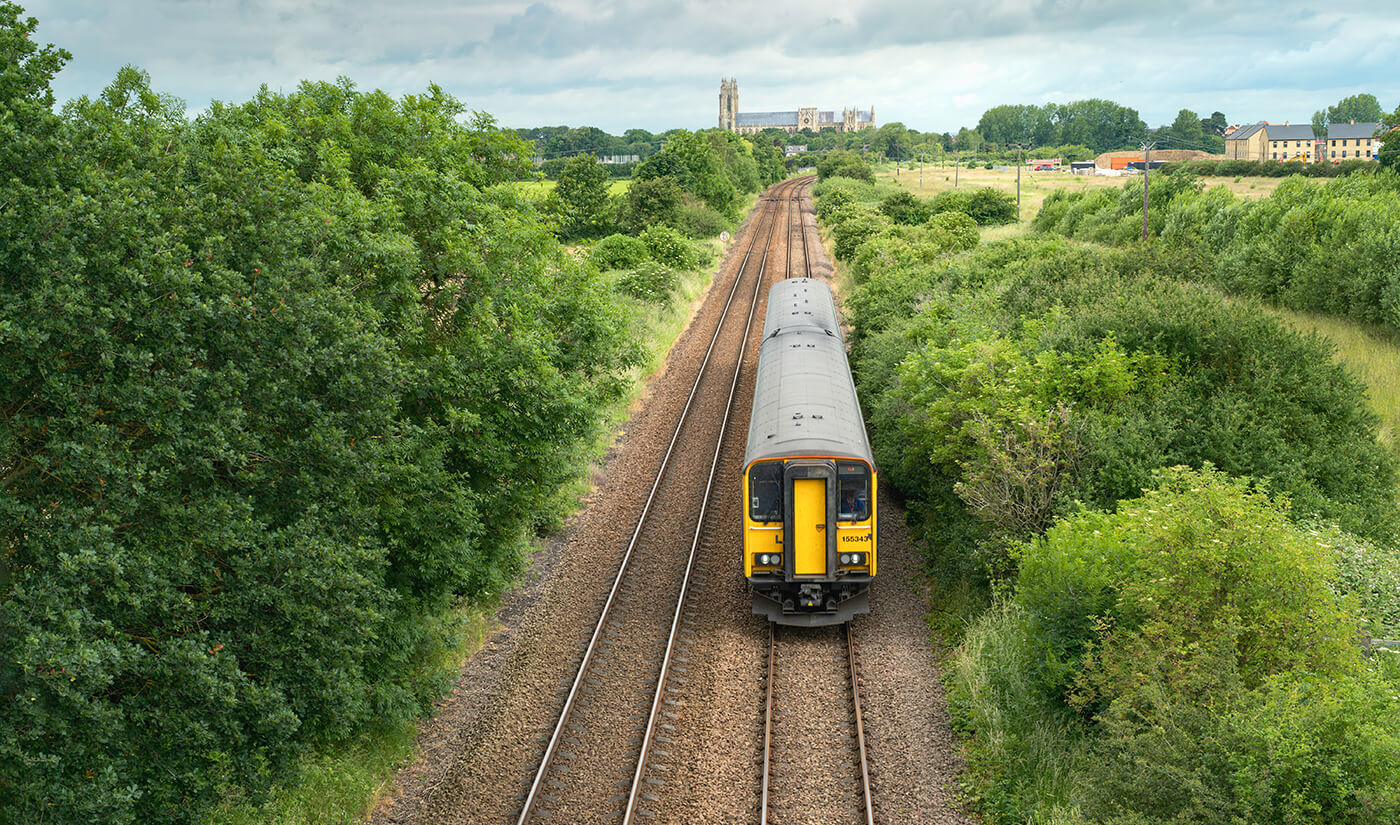Case study from Transport Appraisal, Modelling and Economics (TAME) team, Transport for the North.
Making recommendations is challenging
A strategic transport model is a complex thing. To build a compelling narrative that examined the economics of a new pan-Northern strategic transport improvement scheme, Transport for the North needed to understand who’d be using it, how, what their experiences would be like, and what shape the travel market was in. Without that insight, it would be much harder to evaluate what’s actually needed or to provide the robust recommendations needed by central government.
In short, tools were needed that would let Transport for the North balance local detail with regional scale, serving its local partners’ needs but, at the same time, capturing the wider potential impact of any new plans.

Transport for the North is bolstering transformation economic growth. It is working to support the north in increasing its productivity, creating more job opportunities, and making a greater contribution to the UK economy. It requires the delivery of a sustained investment programme across the North to build infrastructure, strengthen skills, harness innovation, and encourage smart technology.
With the right data, confidence can be increased
The model created combines individual dwelling attributes from the 2018 AddressBase product with the 2011 UK Census data. This is adjusted, to match the ONS 2018 mid-year population estimates. Working this way enables segmentation of the 2018 population by location, property type, gender, age, employment type, car availability, and occupational classifications. It also adds socio-economic depth to the model.
By using this level of local detail, communal establishment populations (people living in student halls, army barracks or care homes) and empty properties can be shown precisely. Using the AddressBase data to give an exact and accurate location for different groups of people provides a strong baseline to start projecting and estimating the travel behaviour of different groups.
The tool is now part of NorMITs Demand Tools (Northern Model Integration Tools), which provide travel market demand estimates as and when needed. The data can also be used in TfN’s Travel Market Synthesiser, in which trip patterns can be seen and matched to the segmented population, getting an insight as to the North’s transport users and their travel behaviour. With these tools, and this information, future scenarios can be forecast based on potential other uses for the land (taking into account future planned developments).
The models are always being improved, subject to programme requirements by an external expert panel reviewing the work and providing recommendations for the new iterations.
The Land Use model encompasses the whole of England, Scotland and Wales. The Lower Layer Super Output Areas (LSOA) and Middle Layer Super Output Areas (MSOA) zoning systems were chosen as they are the building blocks for most geographic statistics in the UK, so they’re consistent with other data sources and most transport zoning systems. The current output of the segmentation is based on MSOA level geography, which is census geographies made up of 5,000 to 20,000 people. Some functions have already been adapted to report at LSOA level and this functionality will be included in the next iteration of this model.

Good tools can be updated continuously for current insights
The tool outputs 2018 population details that serve as a basic input for NorMITs Demand Tools suite. These details are also useful for a range of research and planning studies and can be used in distributional impact analysis of the future transport schemes.
Because the Land Use model is based on available data such as census and ONS statistics as well as AddressBase, the model can be revised every year using the most recent AddressBase and mid-year population statistics published by ONS.
Over the next year, Transport for the North plans to work towards getting a back-casted model validated using 2011 Address Point to match directly to the Census data. They are also considering looking further into the impact of short lets (such as Airbnb data) in key areas, such as city centres or tourist locations. As a result, they are expecting to see distinct travel patterns emerge, even though the levels of actual household occupation will be down compared to other residential dwellings.



